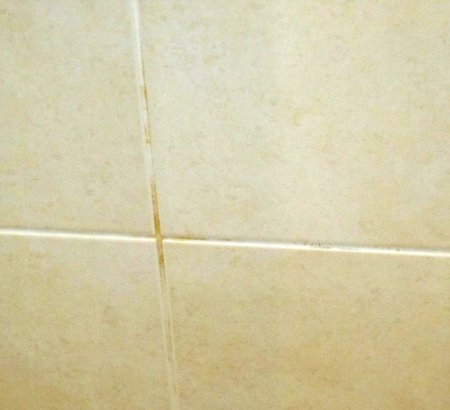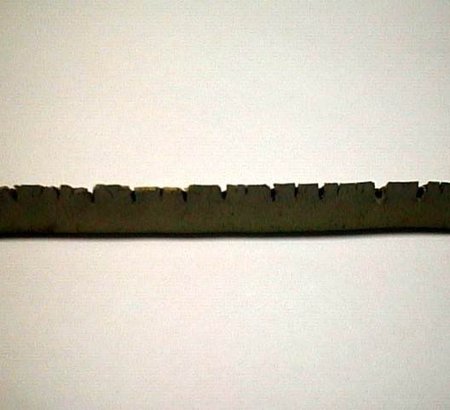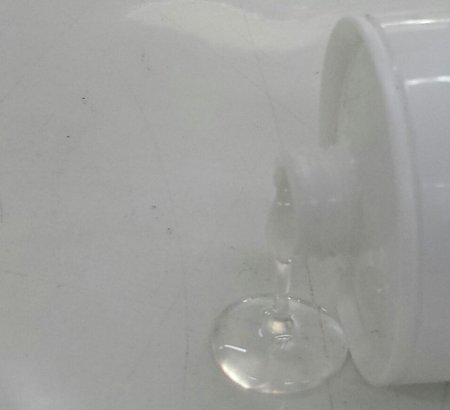Paint cracking in acrylic paints

Although in general acrylic sealants can be painted very well both with solvent based paints as well as water based paints (for instance acrylic latex) it is possible that the paint film on the acrylic joint can crack.
This can have several reasons
Painting over the acrylic joint too early
If acrylic joints are painted over too early, when the acrylic is not fully cured, water will still evaporate from the joint. Consequently the joints will shrink. Because of this shrinkage the paint film will be elongated and start cracking. If the paint film is less elastic this problem will occur sooner.
Deformation of the acrylic joint
The use of sealants is born from the consideration that the sealant is flexible and for that reason can follow movements in the joint. A hard, non-elastic paint, that will be applied on the sealant doesn’t have this property and might show cracks through deformation of the joint.
Generally this risk is very low on inside joints as movement of these joints is mostly very modest.
Sensibility of the used paint for cracking
It has appeared that the composition of the paint can also be determinative for the paint cracking on acrylic joints. Mostly it concerns paints for inside use that are highly filled. Exterior paints and semi gloss interior paints are in general not sensible for paint cracking.
Application at a too low temperature of the substrate
Another reason of paint cracking of emulsion based paints can be that the paint has been applied on a substrate with a too low temperature. Emulsion based paints need a minimal temperature for a good film development. This temperature is usually approximately +7°C. If for instance a glazing-joint on the inside will be painted during winter with an emulsion paint, the surface temperature of the sealant can be too low due to the direct contact with the cold outside glass. So even if the inside air-temperature would be high enough (above +7°C) the surface temperature of the sealant could be too low and result in cracking of the paint-film.
Soap contamination
At last it is recommended to remove, before painting the joint, soap contaminations on the joint that stayed behind after tooling the joint. Soap contaminations can disturb a proper film development during drying of the paint.
Warranty
Siroflex warrants that the product complies, within its shelf life, to its specification.
The liability shall in no case exceed the amount fixed in our condition of Sale. In no event Siroflex is liable for any kind of incidental or consequential damages.
Liability
All supplied information is the result of our tests and experience and is of general nature. However they do not imply any liability.
It is the responsibility of the user to verify by his own tests if the product is suitable for the application.
Related articles
-
FAQ
Fungi resistance of sealants
If products are used in wet areas like kitchens, bathrooms, swimming pools, slaughterhouses, cooling rooms, storage- and production rooms for food fungal growth on these products can occur. As a result of temperature, humidity, remains of soap and traces…
Read more -
FAQ
Chemical resistance silicones
Chemical resistance of silicone rubber In answer to questions regarding the effects of solvents and industrial chemicals on silicone rubber, the following data has been complied. Silicones are in general, chemically inert and are attacked by only a…
Read more -
FAQ
Syneresis & Silicones
Sometimes a small clear oily separation is visible when a cartridge is opened. This we call leaching.
Read more


